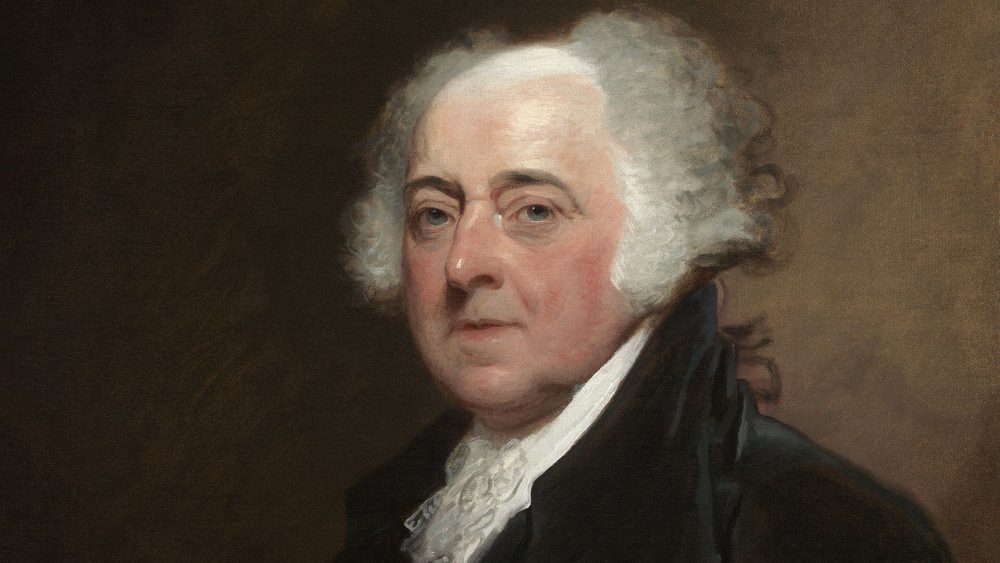The Edfu Temple has revealed its long-hidden secrets thanks to a meticulous restoration. In collaboration with the University of Würzburg, Egyptian conservators have uncovered vibrant colors and gold details that have been obscured for centuries. This discovery provides a fresh look into ancient Egypt's artistic mastery and spiritual practices, allowing modern viewers to appreciate the temple's original splendor.
Edfu Temple Restoration of Colors and Gold
After years of buildup from dust, bird droppings, and soot, the restoration efforts at the Edfu Temple have brought back the intricate details of its vivid painted reliefs. Originally built between 237 and 57 B.C., the temple was covered in elaborate decorations and vibrant hues that highlighted scenes of religious rituals. These colorful paints, often hidden beneath the grime, now shine once again, showing elements that were not visible in the plain stone carvings.
Gold, particularly on figures of gods and pharaohs, has been another striking discovery during the restoration. Traces of gold leaf have been found across the temple, especially on higher walls within the barque sanctuary. These gilded sections would have glistened in the sunlight, creating a mystical aura for those who visited the temple thousands of years ago. The gold was not merely decorative; it held symbolic significance, reflecting the immortality of the gods.
The Significance of Newly Discovered Inscriptions
Along with the restoration of the artwork, previously hidden inscriptions have come to light on the temple’s outer walls and gates. These inscriptions, known as dipinti, are prayers written by temple priests in the demotic script. While the temple’s hieroglyphic texts were meant for religious rituals, the demotic inscriptions give a more personal glimpse into the beliefs and thoughts of the Ptolemaic-era priests.
The inscriptions add layers to our understanding of ancient Egyptian spirituality, offering prayers to the falcon-headed god Horus. These dipinti provide scholars with crucial insight into the daily spiritual life of the temple priests and the unique practices they followed within the sacred walls of Edfu.
The Role of Color in Ancient Egyptian Art
Restoring the color at Edfu Temple has highlighted the crucial role of paint in enhancing the temple’s artistic and religious messages. The use of color extended beyond mere aesthetics, clarifying intricate details like clothing, jewelry, and offerings in previously difficult scenes to interpret. For instance, painted hieroglyphs corrected some of the carvings, adding precision and clarity that stone alone could not convey.
This discovery emphasizes the importance of vibrant hues in ancient Egyptian temples. Combined with the striking gold gilding, these colors elevated the religious figures and structures, creating an awe-inspiring effect for those who worshiped within the temple.

Odd News | MSN | Restoring the color at Edfu Temple has highlighted the crucial role of paint in enhancing the temple’s artistic and religious messages.
The Enigmatic Gold Decorations
One of the most remarkable findings in the Edfu Temple restoration is the extensive use of gold leaf. Ancient Egyptian texts describe the flesh of gods as golden, and these discoveries reaffirm that belief. Thin layers of gold leaf, applied to jewelry, statues, and sacred spaces, were not only symbolic but also created an otherworldly effect.
While large gilded structures like obelisks and gates have mostly disappeared, fragments of gold leaf remain. These delicate remnants suggest that gold played an essential role in both the decoration and the sacred symbolism of Egyptian temples. The presence of gold elevated the figures it adorned, giving them a divine quality that reflected their immortal status.
Edfu Temple: A Glimpse Into Ancient Beliefs
The Edfu Temple is not only the best-preserved temple from the Ptolemaic era but also one of the richest in terms of inscriptions and religious imagery. The inscriptions found within its walls outnumber those in many older temples, offering a more comprehensive view of the rituals and beliefs of the time. The restoration of these texts and images has allowed historians to gain deeper insight into the religious life of the ancient Egyptians.
The work of the restoration team has also uncovered additional information that was previously impossible to retrieve. Through digitization and detailed documentation, the University of Würzburg's research team is bringing the temple’s history to a global audience, preserving these incredible findings for future generations.






